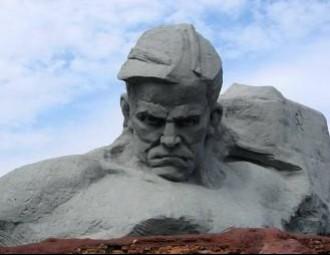CNN apologizes over listing Brest Fortress Memorial among the world’s ugliest monuments

After a disturbance wave among the citizens of countries-members of CIS, American TV-channel admitted it didn’t aim at insulting the feelings of Belarusans.
An article that appeared on the CNN website on January 23 ranks the Courage Monument second among 11 pieces of architecture and sculptures. The contribution by British cultural commentator Iain Aitch sparked a barrage of criticism in Belarus and Russia. On February 6, it was revised to include an apologetic message, informs BelaPAN. “We understand that the inclusion of the Brest Hero Fortress in this article from a contributor has caused offense in Belarus and Russia,” the message says. “This was unintended and we apologize. The article was intended to be a light-hearted look at monumental architecture worldwide. CNN recognizes that the monument is of solemn significance to many people honoring the sacrifice of soldiers.”
The article initially described the monument as a “giant, angry Belarusian emerging from a mountainous block of concrete looks as if he`s about to thump the West into submission before hurling North America at the sun.” “He marks the defense of the Belarusian city of Brest and the Soviet victory in World War II,” the author said. “He also serves as a reminder not to mess with Belarus—ever. Others say he simply looks constipated.”
-
03.01
-
07.10
-
22.09
-
17.08
-
12.08
-
30.09



























